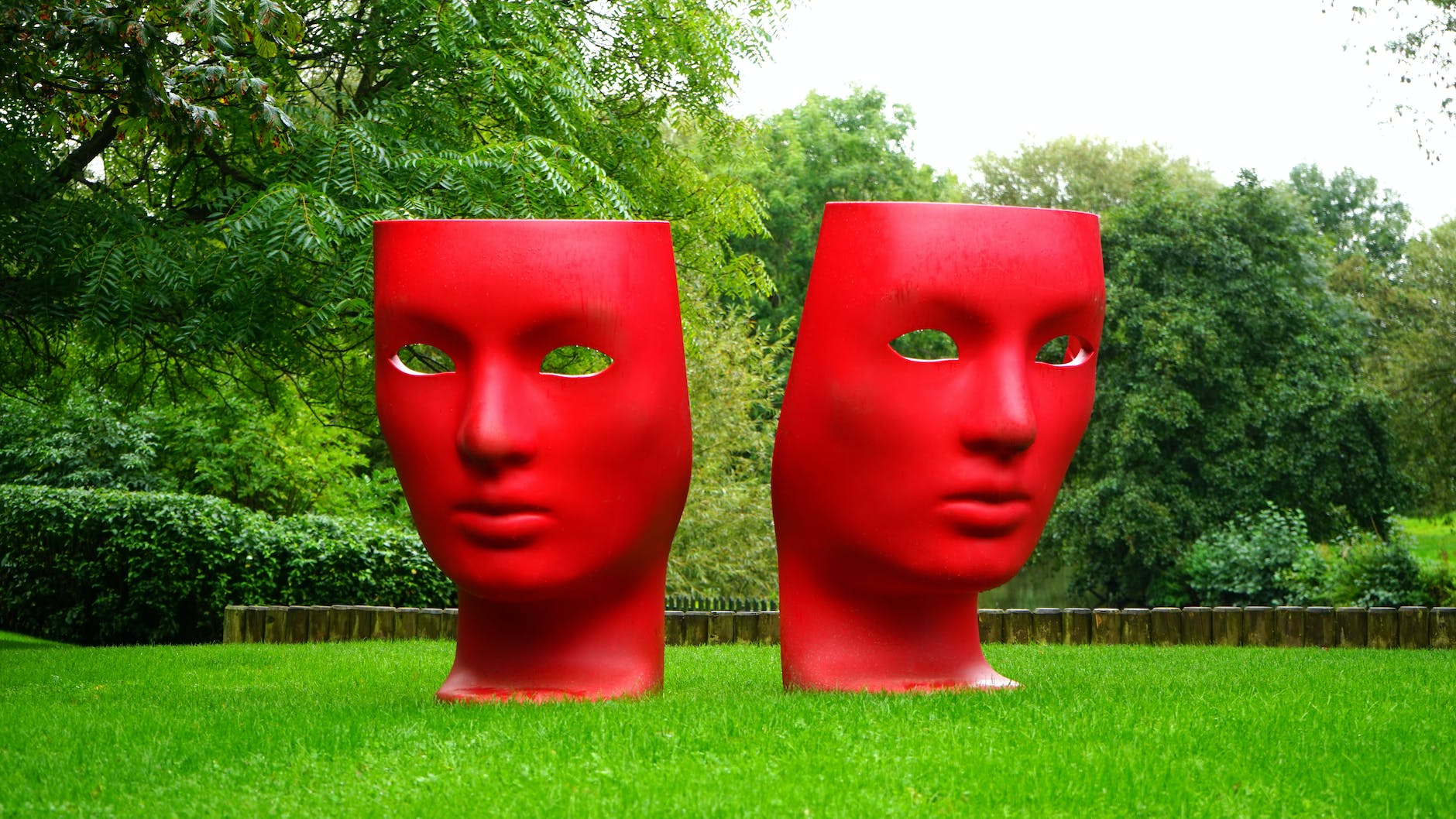Exploring Sculpture Styles: From Classical to Contemporary
The history of sculpture traces evolving ideals and innovations across millennia, leading to tremendous diversity in styles. Understanding sculpture’s stylistic timeline provides context to better appreciate the aesthetics of any era. This overview summarizes key sculptural styles, from ancient classics to today’s avant-garde.
Classical Ideals
Classical styles aimed for idealized perfection:
Ancient Greek and Roman
- Smooth, pristine marble or bronze figures depicting gods, athletes, statesmen. Mathematical proportions.
- Focus on harmonious beauty and nobility. Serene facial expressions, athletic physiques, graceful draping.
- Powerful influence of Greek and Roman classical sculpture on Western art thanks to rediscovery in Renaissance.
Gothic Spirituality
Gothic sculpture reflected divine devotion:
Ecclesiastical Gothic
- Elongated, elegant figures like saints, clergy and Christ shown with reverential hand gestures and facial expressions.
- Exquisite detailing in stone relief panels and architecturally integrated statuary on cathedrals.
- Complex, intricate carved altarpieces in wood and stone filling churches. Meant to inspire awe.
Renaissance Realism
The Renaissance marked a transition to naturalism:
High Renaissance
- Study of anatomy, proportions, perspective enable remarkably life-like sculptures of idealized nudes and draped biblical figures.
- Focus on harmonic compositions and heroic, powerful poses. Michelangelo’s David exemplifies technical mastery of stone carving.
Mannerism
- Elongation and exaggeration of proportions. Contorted, athletic poses. Complex multi-figure groupings.
Baroque Drama
Baroque sculpture captured dramatic, illusive moments:
- Sweeping, spiraling compositions. Intricate, rippling textures in stone and wood.
- Figures carved mid-action, cloth and hair seeming to blow in imagined winds. Highly ornate detailing.
- Bernini exemplified technical virtuosity – his marble surfaces appear pliable, figures poised at climactic moments.
19th Century Realism
Realism dominated as classical standards relaxed:
- Detailed true-to-life representations of contemporary figures and events celebrated modern life.
- Introduction of instantly recognizable portraits of respected statesmen and commemorative war monuments featuring common soldiers.
- Naturalistic rendering of clothing textures and folds, regional folk costumes. Accurate anatomical detail.
Early Modern Styles
The late 1800’s saw new directions emerge:
Impressionism
- Focus on capturing the essence of subjects and conveying visual impressions over realistic detail. Renoir’s shimmering bronzes.
Cubism
- Fragmentation of forms into planes, angles and geometric shapes. Heavily influenced modern abstraction. Picasso’s constructed guitars.
Contemporary Sculpture Diversity
Today’s sculpture knows no boundaries:
- Abstract works focused purely on elements like form, shape, negative space.
- Mixed media creations combining unexpected found items and materials.
- Massive earthwork installations using the environment itself as medium.
- Conceptual art conveying ideas and social commentary rather than aesthetics.
Modern sculpture’s limitless permutations prove creativity always finds a way to reinvent itself. The future promises even more exciting innovations.
